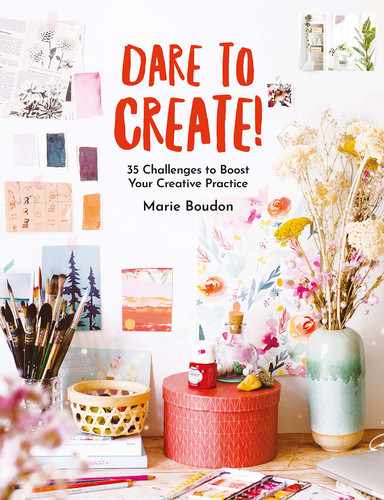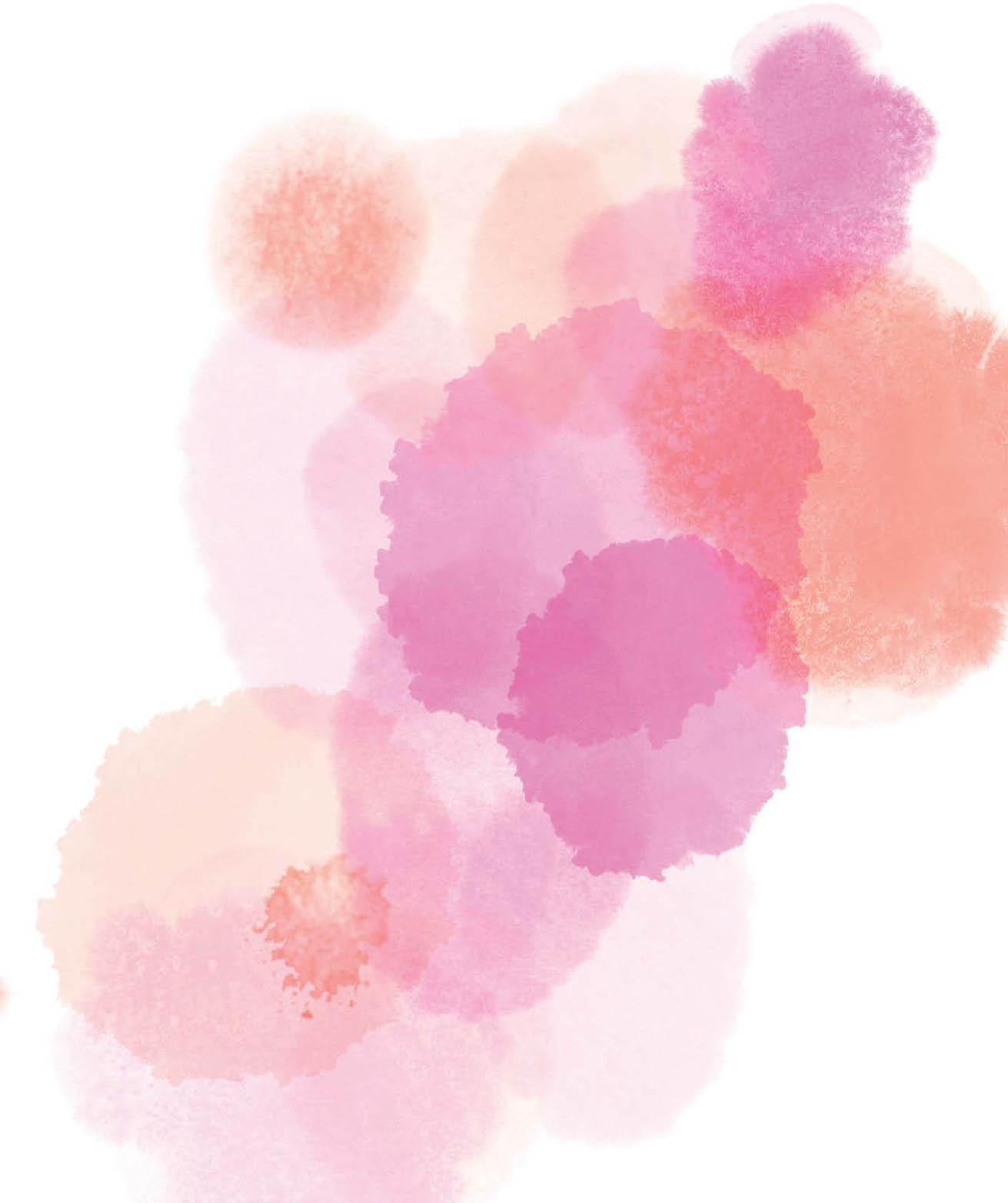 CHALLENGE 16
CHALLENGE 16 
Creating your own exercises
YOUR LIST OF SKILLS WILL SERVE AS A FOUNDATION FOR YOU IN CREATING YOUR OWN EXERCISES. IT IS A PLAYFUL WAY TO IMPROVE AND TO START WORKING WITH CONSTRAINTS (CHALLENGE 25). OF COURSE, THE GOAL IS NOT TO BE TOO STRICT WITH YOURSELF. FEEL FREE TO ALTERNATE PHASES OF TECHNICAL PRACTICE WITH EXPERIMENTATION PHASES (CHALLENGES 19, 26, AND 27).
Exercises for practicing a skill
Start with exercises that involve only one skill. In this way, you will be able to master that skill more easily and you will also be able to identify which skills are easiest for you. If a particular project is not working, it can sometimes be hard to figure out why. If there are a lot of different skills involved, and you try to make one element better, it may be that something else won’t work anymore. But by isolating skills and practicing one technique at a time, you will have a better understanding of what is causing your difficulties, which will make it easier for you to work on more complete projects later on.
Practicing transparency in watercolor.
Choose a skill and ask yourself: how should I practice it? Make up small, simple, basic exercises. Be creative! For example, see my simple practice exercise on the facing page on the theme of transparency in watercolors. I simply superimpose layers of painting. It’s basic, but it helps me to master a technique that seems simple. It helps me to understand better what order to lay down colors in, what I should avoid, and so on.
![]() Variety: Don’t keep introducing new exercises. Concentrate on a few exercises that you repeat often. It is, in fact, just when you start to master a skill that it is useful to go even further in your exploration. Below, see my practice on peonies. These flowers are a complicated subject. With this exercise, all I am concentrating on is getting the shape of the peonies in pencil. I will work on colors in a different exercise. Every week, I do a little peony sketch in order to continue familiarizing myself with their complex shape.
Variety: Don’t keep introducing new exercises. Concentrate on a few exercises that you repeat often. It is, in fact, just when you start to master a skill that it is useful to go even further in your exploration. Below, see my practice on peonies. These flowers are a complicated subject. With this exercise, all I am concentrating on is getting the shape of the peonies in pencil. I will work on colors in a different exercise. Every week, I do a little peony sketch in order to continue familiarizing myself with their complex shape.
Practicing drawing peonies.
![]() Difficulty: Start with small exercises that are easy to evaluate. These are gratifying and will make you want to keep going. And it is easy to slip a few such small exercises into your routine.
Difficulty: Start with small exercises that are easy to evaluate. These are gratifying and will make you want to keep going. And it is easy to slip a few such small exercises into your routine.
Some ideas for exercises: working on light in photography, drawing portraits, mixing colors in gouache, creating texture with pastels. . . . There are an infinite number of these!
These exercises are an excuse to get you started without being afraid of the blank page. They put you at ease and promote a sense of security that is important for building up your confidence (challenge 4). Feel free to interrupt your practice to follow a path that you find intriguing and to launch into an exploration (challenge 26).
An exercise to practice several skills
As you advance in your mastery of a particular skill, you can then try to combine several at once. See the combination of my work on transparency and on peonies. Having a better understanding of the shape of the flowers thanks to my little sketches, I then also had the confidence to produce the flowers with layers of watercolor, using the transparency technique that I had practiced separately. I would not have had the same result if I had tried to produce this kind of project right away. It was the preliminary exercises that gave me the confidence to move forward. Other ideas for combining techniques: texture + portraits in pastels, light + black and white in photography, contrast + flowers in watercolors. . . . Once again, the possibilities are endless. Your exercises will become more complex as you advance.
Thus, you will learn to juggle between various techniques ever more intuitively, and you will be able to make better and better use of the array of tools and techniques at your disposal. Of course, as you practice more and more skills, you will be leaving behind drills and moving into the realm of expressing yourself.
Spotlight on Danielle Krysa
“I create exercises for myself in which I establish constraints so that I will improve in my creativity. For example, I decided to use only black: black-and-white photographs, black painting, black pens, etc. Then, I would give myself only thirty minutes in which to create something. Sometimes the results are magical, other times they are disastrous. But I always learn something.”
See Danielle’s story on page 78.
Spout by Danielle Krysa, 2015.
Project combining what I learned about transparency and what I learned about peonies, in watercolor.
![]() Your Turn
Your Turn ![]()
Using this challenge as a model, design your own exercises.
- 1. Choose three skills from your list (challenge 15) and create three little exercises for each one of them.
- 2. Practice using these different exercises.
- 3. When you have the feeling that you have a better mastery of the skills that you chose, create and try out a new exercise that combines two of the skills.




